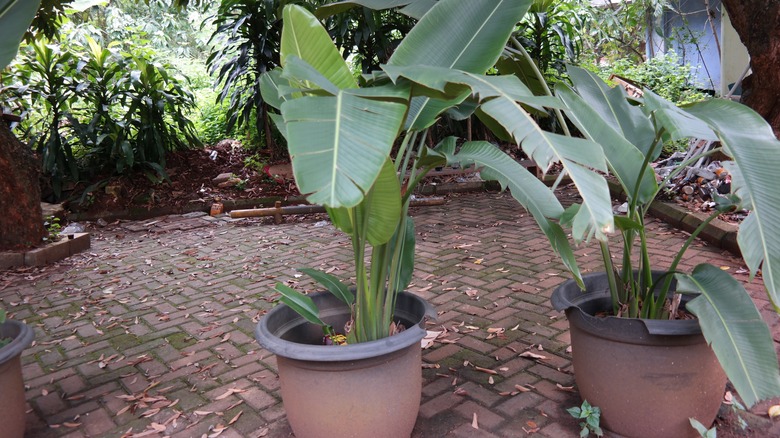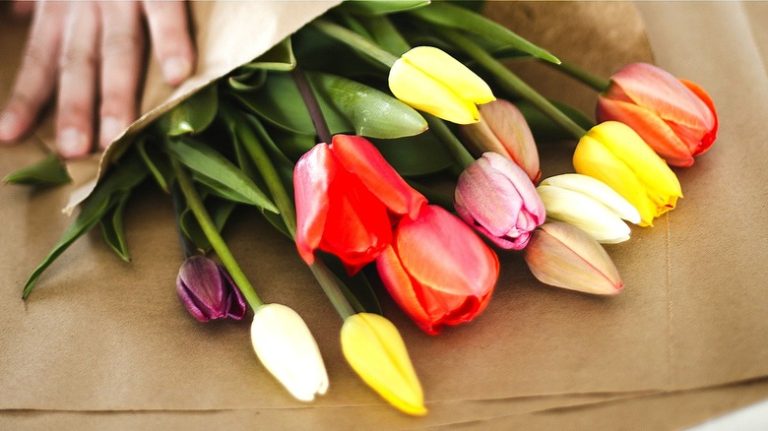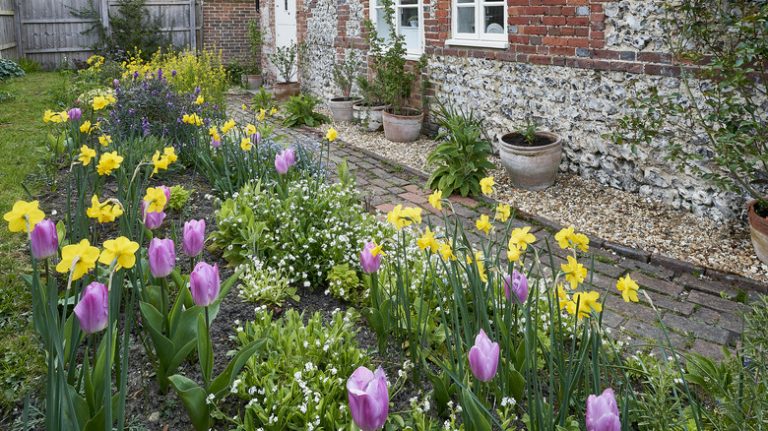The bird of paradise plant, native to parts of South Africa, goes by several monikers, including strelitzia, crane flower, and the scientific name strelitzia reginae. The explosion of color in its flowers — a vibrant combination of orange and blues — mimics the elegance of an exotic bird in flight, thus lending its name. However, things can become bittersweet when your bird of paradise won’t flower. Suddenly, your indoor plant, once burgeoning with the promise of a dazzling bloom, sits in monochromatic silence. Why, you might ask? Insufficient light, an over-ambitious repotting regimen, and misguided watering practices could be several reasons.
Modern living rooms, far from any tropical paradise, are often deprived of the precise conditions native to the plant. Don’t rush to judgment, though. You must first understand this plant’s inherent rhythm. Birds of paradise do not comply with our human impatience; they have their own schedule. Late fall often heralds the start of a joyful bloom, stretching to late spring, depending on its variety, native climate, and latitude. However, they want you to wait for three to four years before granting you the first glimpse of their awe-inspiring bloom. But what if the wait extends way beyond this deadline?
Why your bird of paradise is not blooming
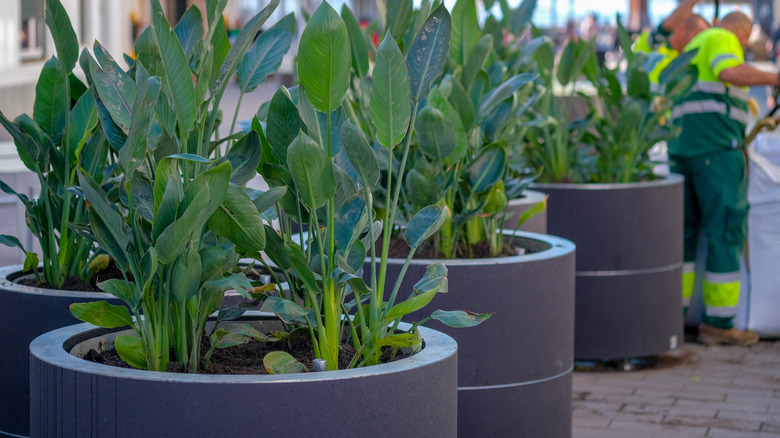
The glorious bird of paradise is a suitable plant for indoor spaces that thrives in a sun-drenched environment, demanding four to six hours of full sun or direct indoor light to unveil its captivating blooms. Limited sunlight means throttled photosynthesis, which is a life-sustaining process that transforms sunlight into chemical energy crucial for growth and, more importantly, mesmerizing blooms.
Bird of paradise plants have a Goldilocks-like watering requirement. Overwatering is a sneakier villain than one might assume, suffocating roots by displacing oxygen and offering an open invitation to root rot. On the contrary, underwatering weakens your plant’s vitality and extinguishes the spark necessary for flowering.
Now, onto nutrition. Similar to a bodybuilder in the peak of training, the bird of paradise devours nutrients with an insatiable hunger, turning them into fuel for growth and blooming. Irregular fertilization, an incorrect fertilizer, or subpar soil compromises this vital nutritional inflow. Remember, certain external conditions like a cold winter could trigger a dormancy phase where the plant conserves its resources, resulting in a brief hiatus from flowering. However, worry less; the performance will resume with warmer days. Lastly, repotting a mature bird of paradise (older than four years) might seem like a caring gesture, but this typically halts the flowering cycle in its tracks.
How to get your bird of paradise to bloom
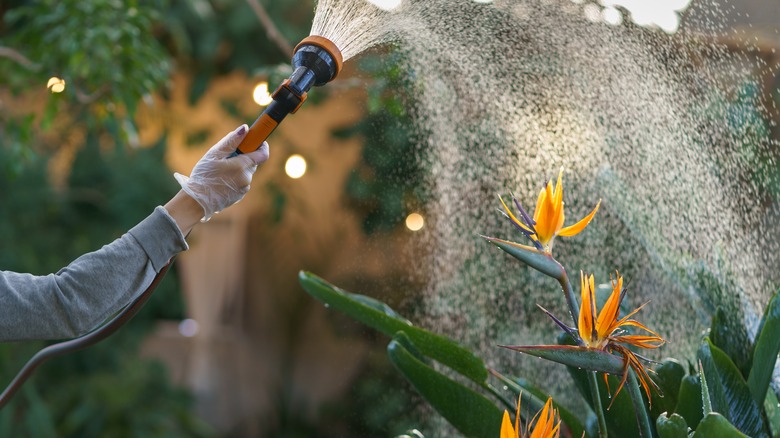
When faced with a bird of paradise that refuses to blossom, it’s time to start sleuthing and figure out the cause. If your indoor plant is sun-starved, opt for a relocation. A south-facing window often does the trick. And for house layouts devoid of sunlight? Grow lights can help. This houseplant abhors the idea of moving home (aka repotting) but benefits from an annual top-dressing with high-quality compost. That said, watering a bird of paradise plant has an uncanny resemblance to Goldilocks’s adventure — it should be just right. You must not drown it in excessive liquid love, nor should you leave it aching in a parching thirst for attention. When the top two inches of its soil feels dry, make it rain.
Bound roots are every indoor plant parent’s recurring nightmare. Contrary to popular belief, however, mature bird of paradise plants are outliers; they enjoy their root-bound status. Stir her out of coziness, and you may witness a heart-wrenching delay in flowering by three years.
Your endeavor to encourage flowering should extend to fertilization. Imagine a balanced diet; too many vitamins in a day can be a bad thing, right? According to the University of Florida, a quarterly dose of fertilizer during growing phases fits the bill. Osmocote Smart-Release Plant Food on Amazon is a worthy option here.

